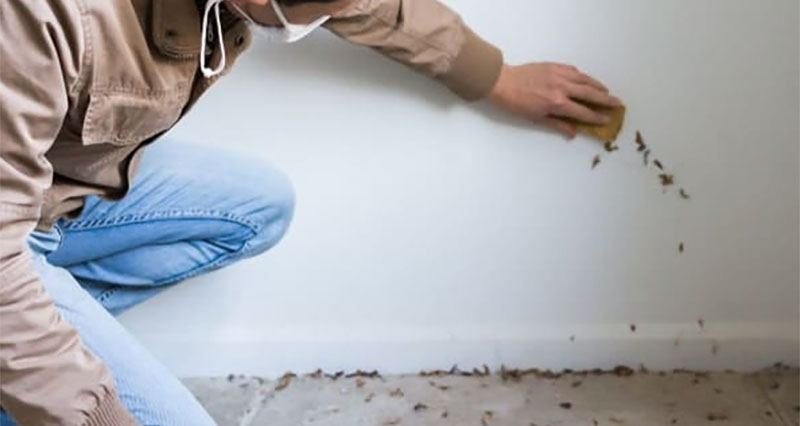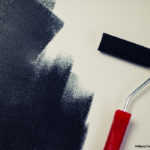You’re not alone if you’re wondering how to spot mold damage in your home. This common problem can be caused by several factors, including mildew, black mold, and mold that grows under flooring. However, it is often difficult to tell whether you have a mold issue because you can’t see it. It is important to remember that testing for mold is only sometimes necessary and that a small amount of mold is only occasionally harmful.
Black Mold
According to mold removal Clinton Township experts, black mold is a dangerous fungus. It can cause severe respiratory ailments. In addition, people who inhale its spores can develop cold-like symptoms and may also develop allergies. If you are exposed to black mold spores, you should have your home inspected by a professional.
Mold can grow on many types of surfaces. However, it can be found in areas with constant water exposure. To prevent the growth of black mold, it’s best to keep the dampness and humidity in your home under control.
A musty odor is one of the first signs of a possible mold infestation. Check for leaks. Sealing doorways and vents can help prevent mold spores from escaping.
In addition, look for a black or dark gray color. Black mold grows in damp and dark areas. This will likely be around the sink, toilet, or plumbing fixtures.
Mildew
Mold is a fungal infection that grows on moisture. It can be found in many locations and cause health issues. In addition, the spores can become airborne, harming you and your family. However, mold can be removed from your home, and you can avoid permanent damage by taking a few simple steps.
The first step to preventing mold growth is to reduce the humidity in your home. Use a dehumidifier or air conditioning to lower the moisture in your home.
Another way to prevent mold is to clean up water leaks in your house. Water leaks can be from pipes, foundations, roofs, or other sources. If you see any signs of water damage, such as peeling wallpaper, bubbles in the paint, or a damp smell, you should address the problem immediately.
Mold behind walls
Hidden mold is a severe issue. It can compromise indoor air quality and may rot your walls and other building materials. This is why you must know how to spot mold damage behind walls.
Many clues can help you determine whether you have hidden mold. Wear a mask, gloves, and goggles if you check for Mold in your home.
Water damage can create the perfect environment for mold to grow. Mold will feed off the cellulose found in wood and drywall.
A moisture meter can help you detect areas of high humidity. Moisture meters work by pressing a probe into drywall or other surfaces that are likely to be damp.
Water stains are a good indicator of water damage. They can appear on the wall itself or on baseboards. These are generally yellow or brown.
The mold that grows beneath flooring
If you have noticed the appearance of black mold or faint white marks on your floor, you may have a problem with mold damage that grows beneath the flooring. It is vital to remove the affected area to prevent future mold growth.
To clean up a surface mold infestation, you will need to remove any contaminated items, and perform mold removal Clinton township uses a HEPA filter vacuum, and dry the floor. You will also need a spray bottle and a rag.
It is essential to wear protective clothing when cleaning up a mold-infested room. This includes disposable gloves, Tyvek suits, and safety goggles.
Mold is a severe indoor environmental hazard. It can cause respiratory problems in people with asthma or allergies. Also, it can be a health hazard to animals.
Testing for Mold can be inconclusive or unnecessary
Testing for mold damage is not always a must. It can be a helpful way to determine whether your home is at risk of moisture damage. However, it can be expensive, and only some tests are necessary.
There are two types of testing for mold damage: quantitative and qualitative. The latter is used when mold growth is not visible or when the increase appears to be the same as for other substances.
Quantitative sampling, also called non-viable testing, involves collecting a small air volume for a particular time. This sample is then compared to averages to produce a numerical result.
Qualitative sampling, on the other hand, is a more straightforward process. It involves collecting a small volume of air and incubating it for some time. A laboratory will then perform a more thorough analysis to determine whether the material is mold.












